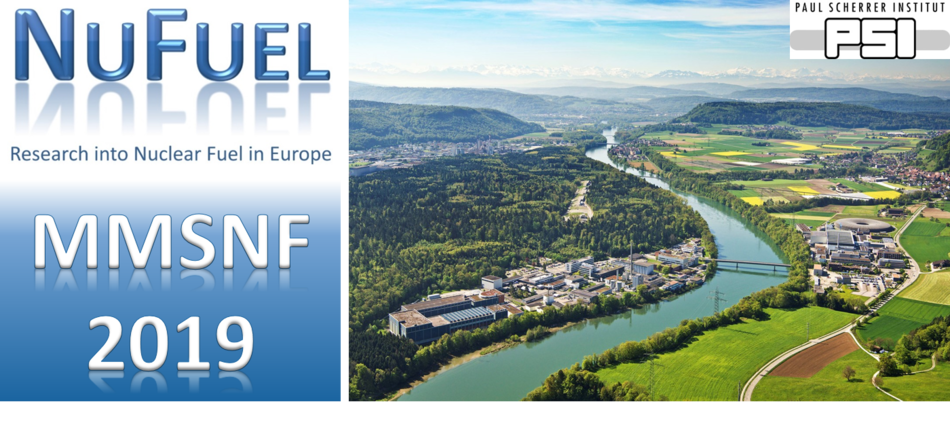Speaker
Description
In recent years, the efforts of the scientific community in developing reliable methods of severe reactor accident analysis have been growing. In this context, the MELCOR code is used at PSI to assess the progression of severe accidents in light water reactor nuclear power plants, including fission product behavior and release to the environment. However, the representation of chemistry in MELCOR is rather limited: the thermodynamic stability of nuclear fuel, as well as reactions of fission products with each other or with structural materials, are not well accounted for. Chemical speciation is limited to a pre-set table of compounds. Meanwhile, PSI has developed a state-of-the-art expertise in advanced chemical thermodynamic modelling of nuclear fuel systems, using in-house Gibbs Energy Minimization (GEMS) codes and a dedicated thermodynamic database (HERACLES) for nuclear fuels with associated materials and gases.
In this work we have focused on combining MELCOR simulations and GEMS chemical thermodynamic computations to deepen the understanding of reactor chemistry and severe accident scenarios.
As the first steps of the research the coupled GEMS /MELCOR was used to investigate the vaporization of salt and fission product species from the MSR fuel in accident conditions. Vaporization model of the fuel salt was added to MELCOR and was supplied with the vapor pressures calculated with GEMS. This allowed us to model species retention by the salt mixture compared to the pure compound calculation. Additionally, speciation of iodine, which is effected by the salt composition has been analysed.
Besides, the coupled GEMS /MELCOR was employed to study the FP release from the spend fuel by modelling VERDON experiments. The obtained results allow for more accurate speciation study as well as release behaviour.

